Home>Ideas and Tips>Creating A Functional Mudroom In A Small Space
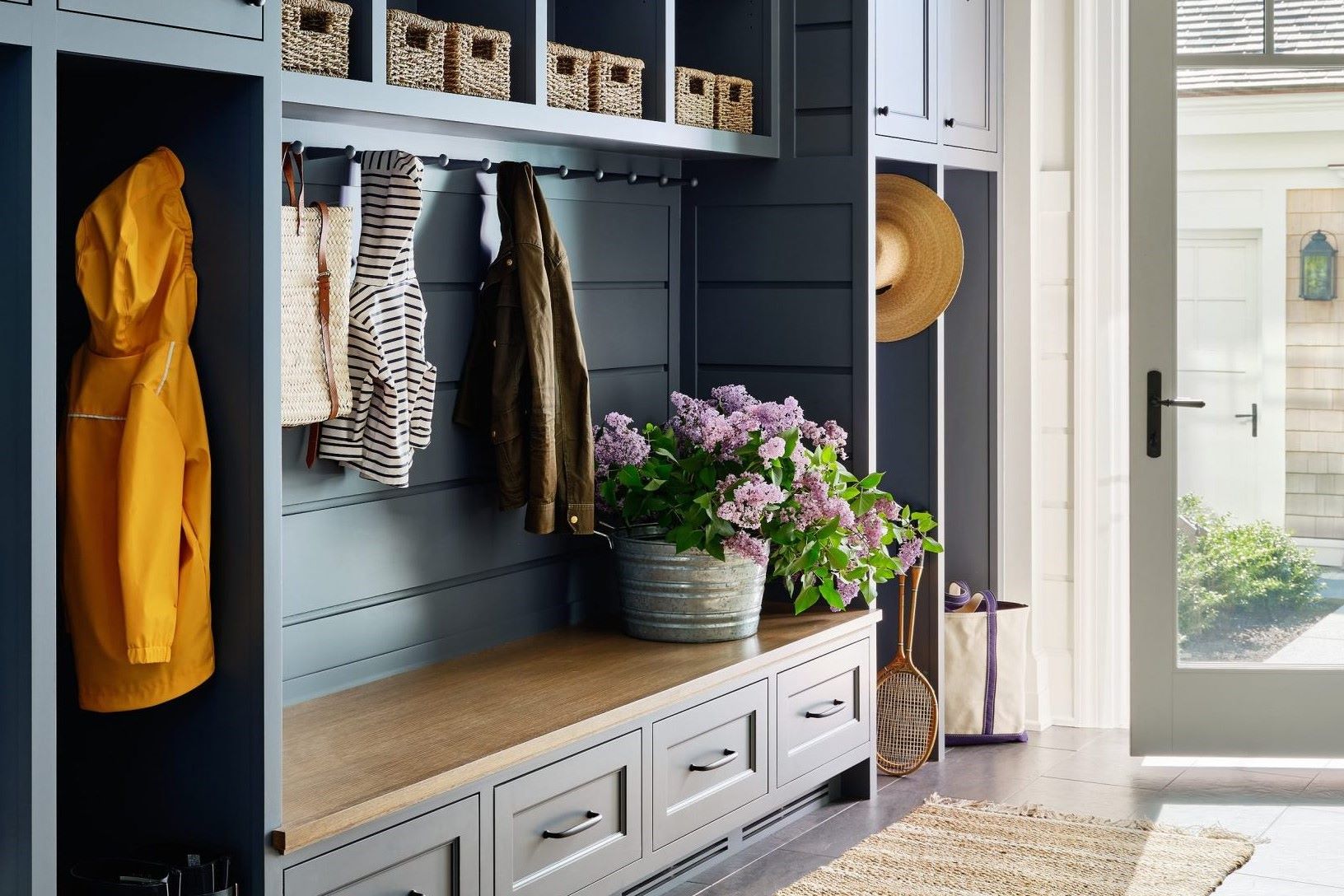

Ideas and Tips
Creating A Functional Mudroom In A Small Space
Published: September 17, 2024
Maximize your home's efficiency with a functional mudroom in a small space. Discover design tips, storage solutions, and layout ideas for optimal organization.
(Many of the links in this article redirect to a specific reviewed product. Your purchase of these products through affiliate links helps to generate commission for Storables.com, at no extra cost. Learn more)
Creating a functional mudroom in a small space can seem like a tall order, but it's totally doable with some clever planning and creativity. A mudroom isn't just a spot to dump your stuff; it's a powerhouse of organization that can make your daily life a whole lot easier. Even if you're working with a tiny area, you can still create a mudroom that's both practical and stylish. Let's dive into how you can make it happen.
Understanding the Purpose of a Mudroom
A mudroom serves several key purposes, and understanding these can help you design a space that meets your needs. Here's what a mudroom typically does:
- Storage: It's a place to stash coats, shoes, bags, and other items you need when you're heading out or coming in.
- Organization: Keeps your stuff organized so you can find what you need quickly.
- Cleaning: Provides a spot to clean off shoes and other items before they track dirt into your home.
- Transition: Acts as a buffer between the outdoors and indoors, helping to keep your home cleaner.
Assessing Your Space
Before you start designing, take a good look at the space you have. Measure it carefully and note any obstacles like windows or doors. Think about what you need to store and how often you use those items. This will help you figure out the best layout and storage solutions for your mudroom.
Designing Your Mudroom
Now that you know what you need, it's time to design your mudroom. Here are some key elements to consider:
Layout
The layout is crucial in a small space. Here are some tips:
- Use Vertical Space: Install shelves, hooks, and storage units that go up to the ceiling.
- Opt for Multi-Functional Furniture: Choose pieces that serve multiple purposes, like a bench with storage.
- Consider an L-Shaped Design: This can help you make the most of corner spaces.
Storage Solutions
Storage is the backbone of any good mudroom. Here are some ideas:
- Hooks: Great for hanging coats, bags, and accessories.
- Shelves: Perfect for storing baskets, bins, or other items.
- Lockers: Ideal for personal items like shoes or accessories.
- Baskets and Bins: Keep small items like gloves and scarves organized.
Cleaning Station
A cleaning station is essential to keep dirt and moisture at bay. Here's how to set one up:
- Mat or Rug: Place one at the entrance to catch dirt and moisture.
- Shoe Rack: Install one to keep shoes organized.
- Bench with Storage: Use one for cleaning supplies like brooms and mops.
Lighting
Good lighting is important in a small space. Here are some tips:
- Natural Light: If possible, position your mudroom near a window.
- Task Lighting: Use overhead lights or under-cabinet lighting to illuminate specific areas.
Practical Tips for Small Spaces
Working with a small space requires some creativity. Here are some practical tips:
Utilize Nooks and Crannies
Don't overlook small spaces. Use them for storing small items like gloves or scarves.
Choose Compact Furniture
Select furniture that's compact and multi-functional to save space.
Use Wall-Mounted Solutions
Hooks, shelves, and pegboards are great space-savers.
Incorporate Hidden Storage
Use sliding drawers or fold-down tables to keep clutter out of sight.
Example Layouts
Here are two example layouts for small mudrooms:
Example 1: Corner Mudroom
Imagine a corner mudroom with an L-shaped design:
- Corner Shelf: Install one for storing baskets or bins.
- Hooks: Hang them on the adjacent wall for coats and bags.
- Bench with Storage: Place one for cleaning supplies.
- Shoe Rack: Position one near the entrance.
Example 2: Narrow Hallway Mudroom
Picture a narrow hallway mudroom:
- Wall-Mounted Hooks: Install them for coats and bags.
- Shelves: Add them above the hooks for baskets or bins.
- Fold-Down Table: Incorporate one for additional storage.
- Mat or Rug: Place one at the entrance.
Read more: Creating A Functional Mudroom In A Garage
Additional Features
While storage, organization, cleaning, and transition are the main functions of a mudroom, you can add some extra features to make it even more useful:
Charging Station
Install one with USB ports and outlets to keep devices charged and organized.
Pet Station
If you have pets, add hooks for leashes, bowls, and other supplies.
Mailbox
Position one near the entrance so you can collect mail easily.
Creating a functional mudroom in a small space takes some planning, but it's worth the effort. By using multi-functional furniture, vertical space, and practical storage solutions, you can turn even the tiniest area into an efficient and organized hub. Think about your specific needs and the unique dimensions of your space when designing your mudroom. With these tips and examples, you'll be well on your way to creating a mudroom that not only serves its purpose but also enhances your home's overall functionality.
Was this page helpful?
At Storables.com, we guarantee accurate and reliable information. Our content, validated by Expert Board Contributors, is crafted following stringent Editorial Policies. We're committed to providing you with well-researched, expert-backed insights for all your informational needs.
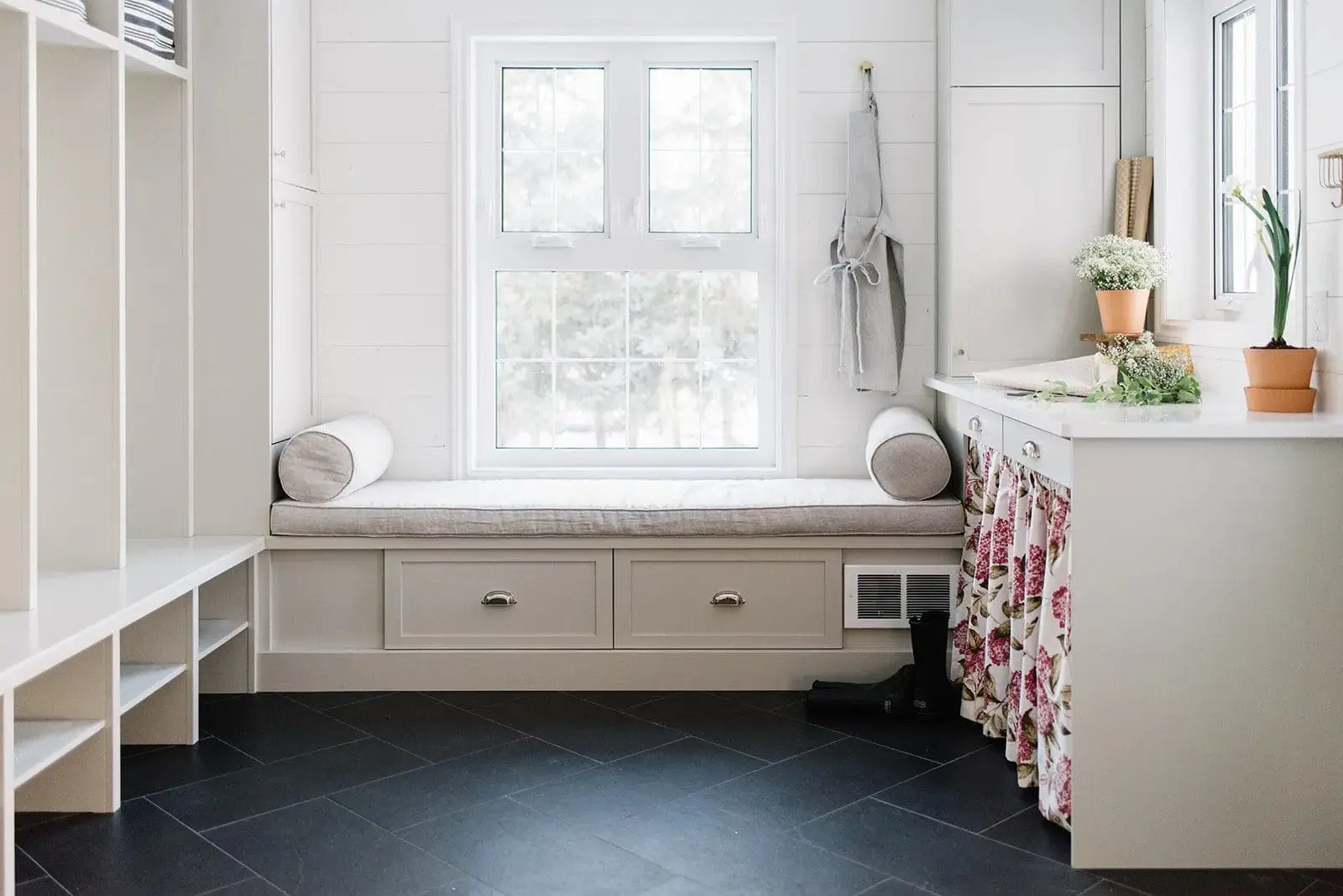
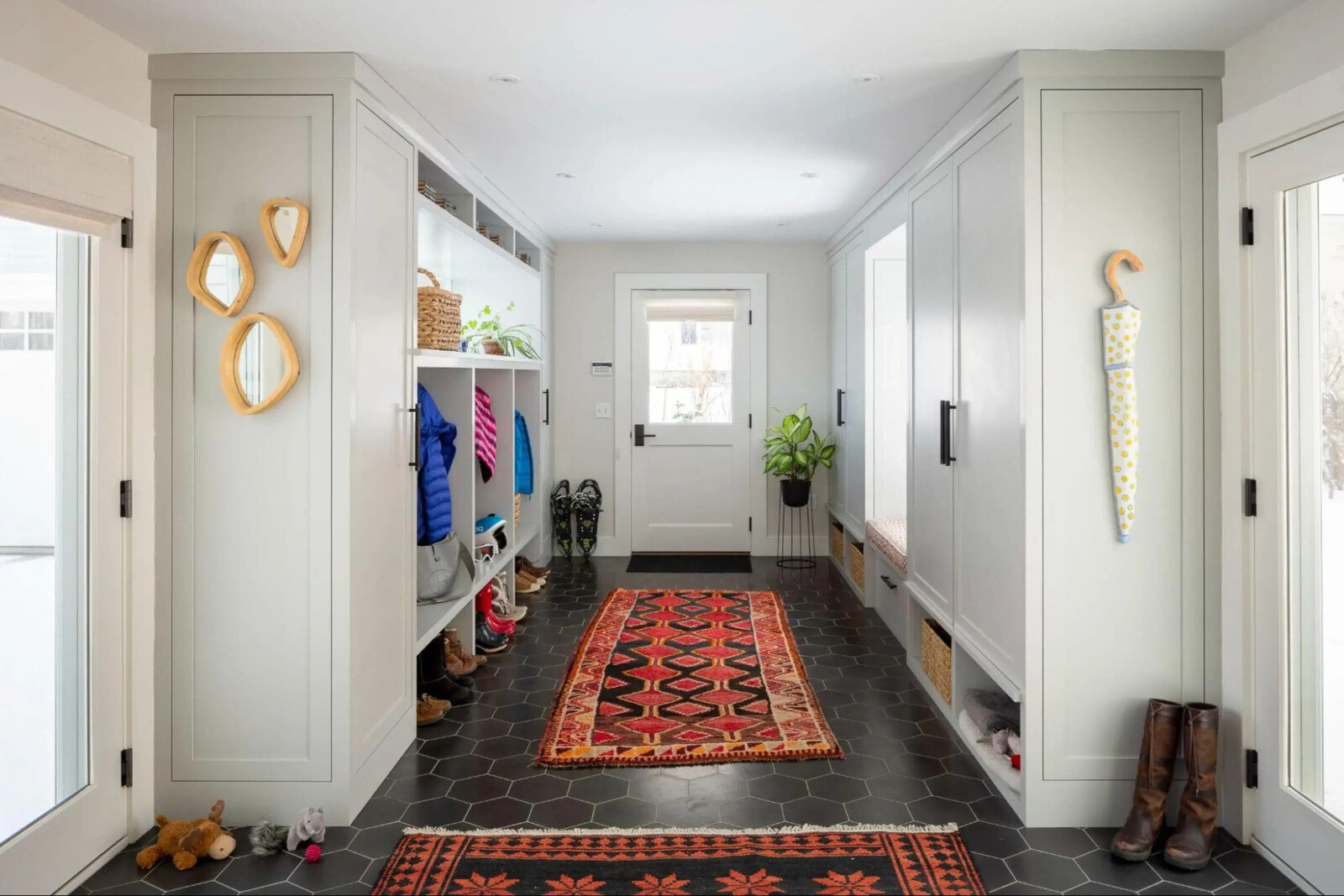
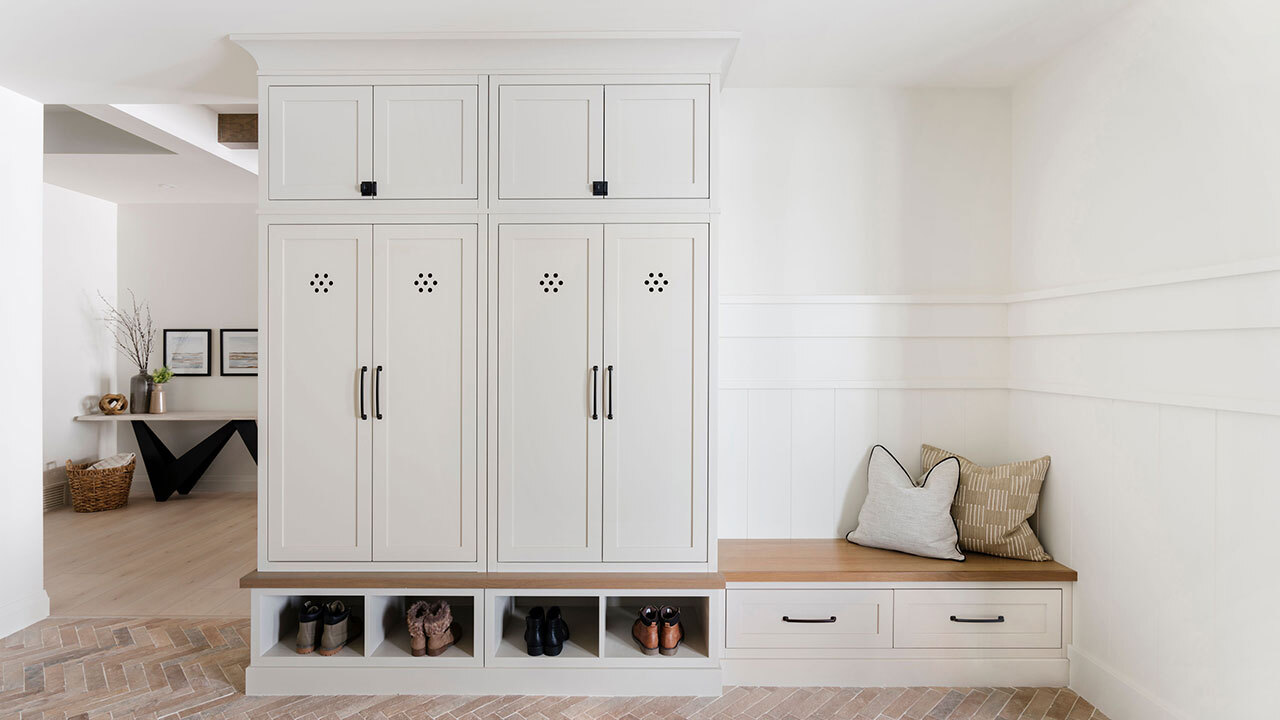
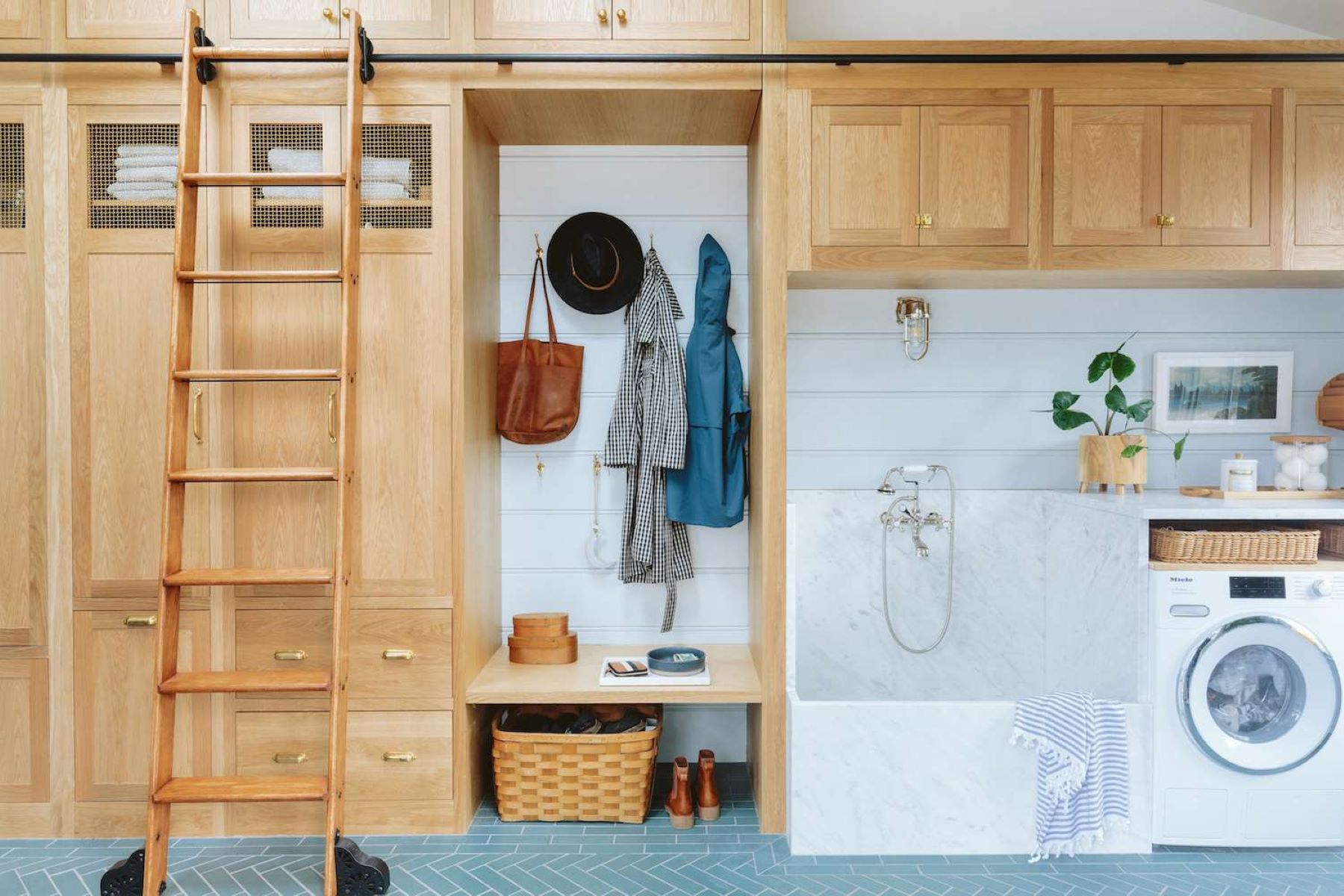
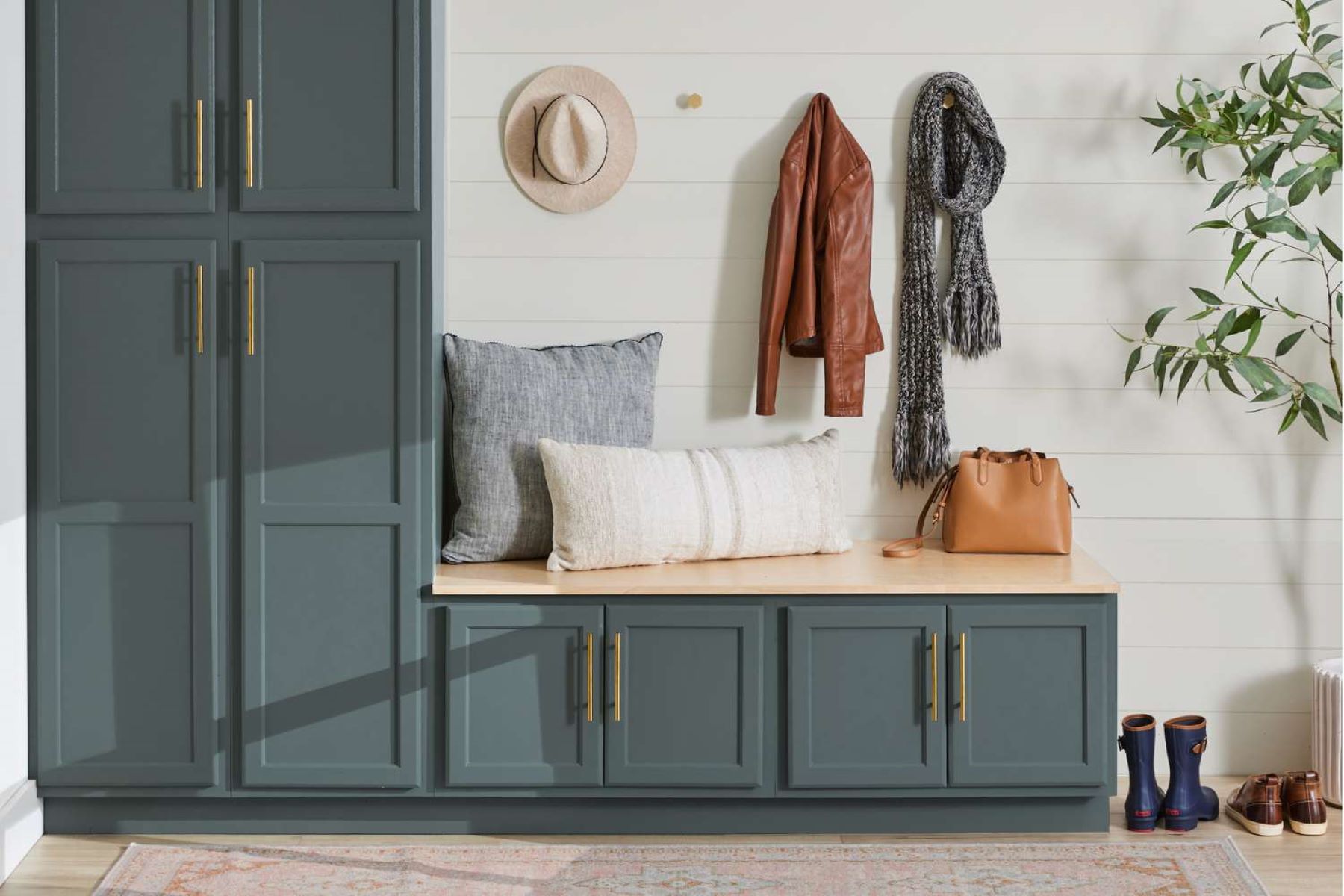
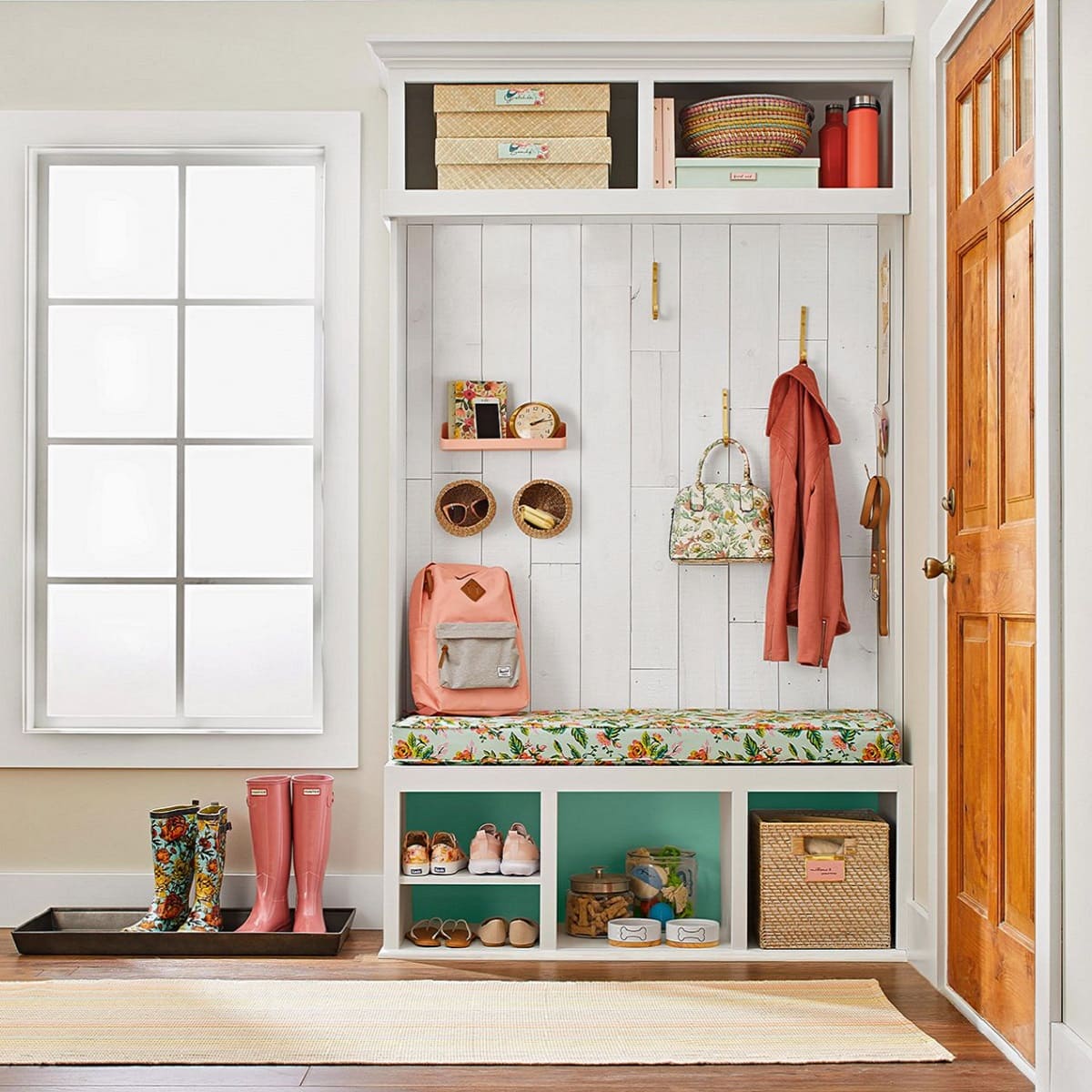
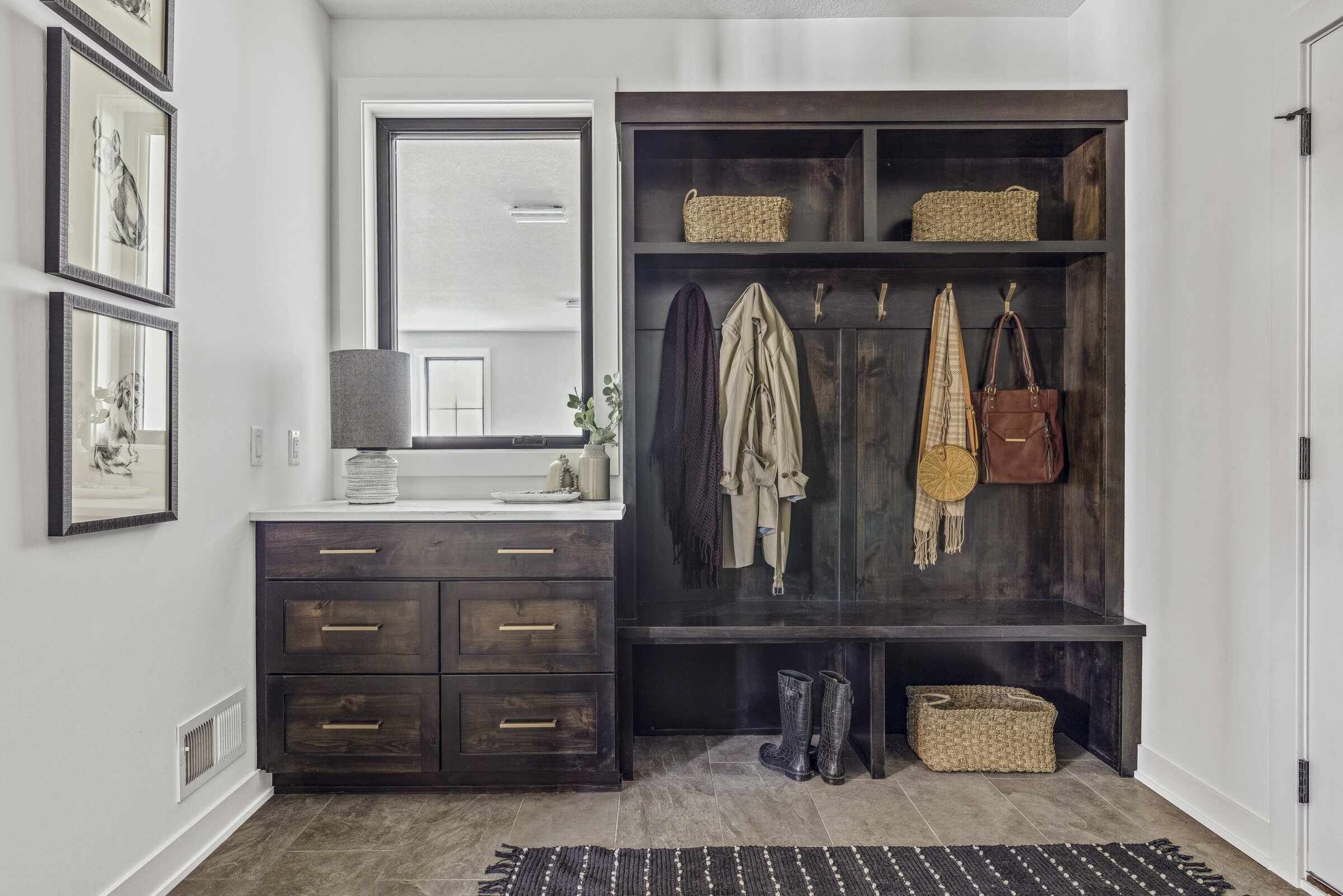
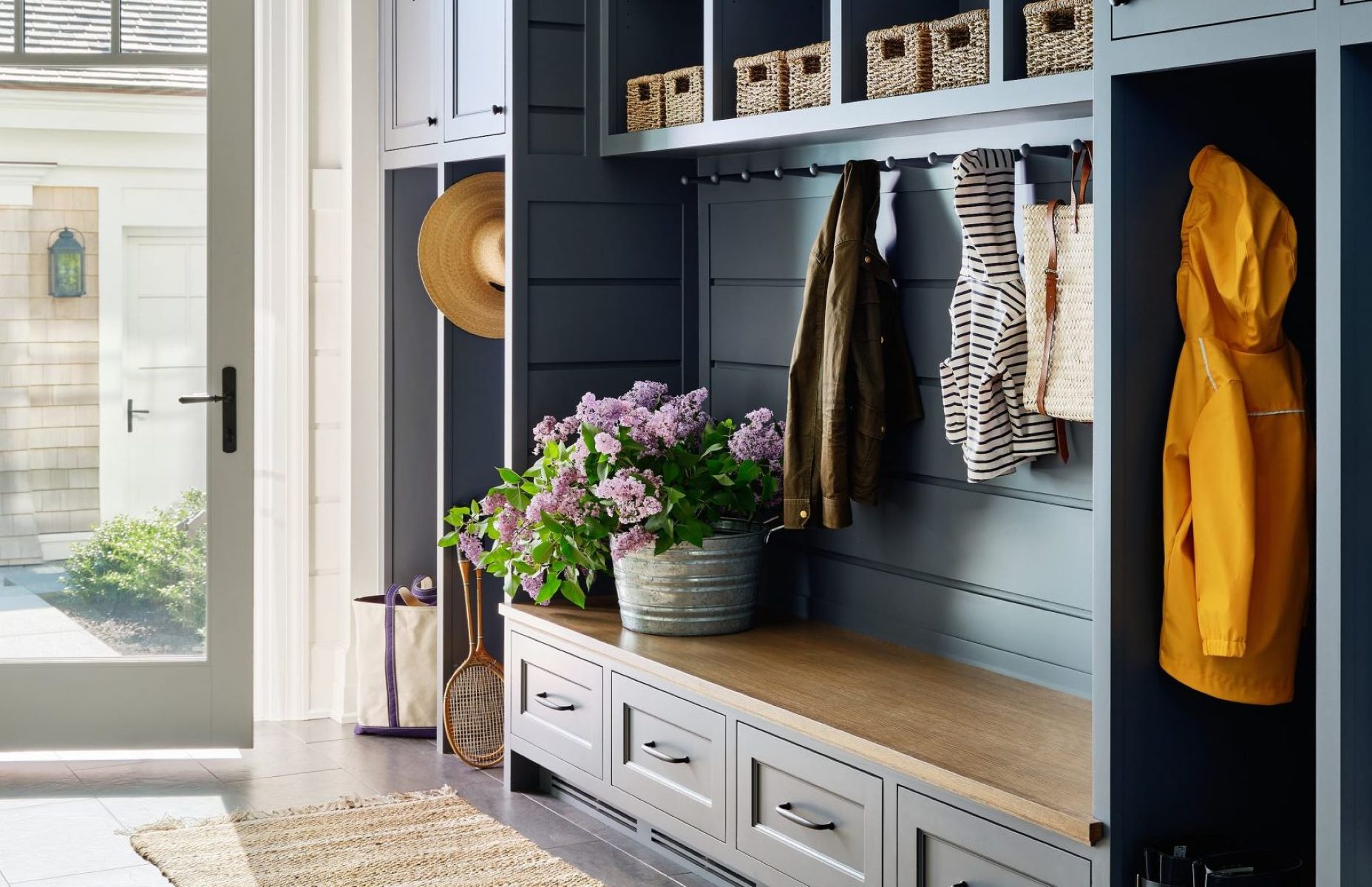
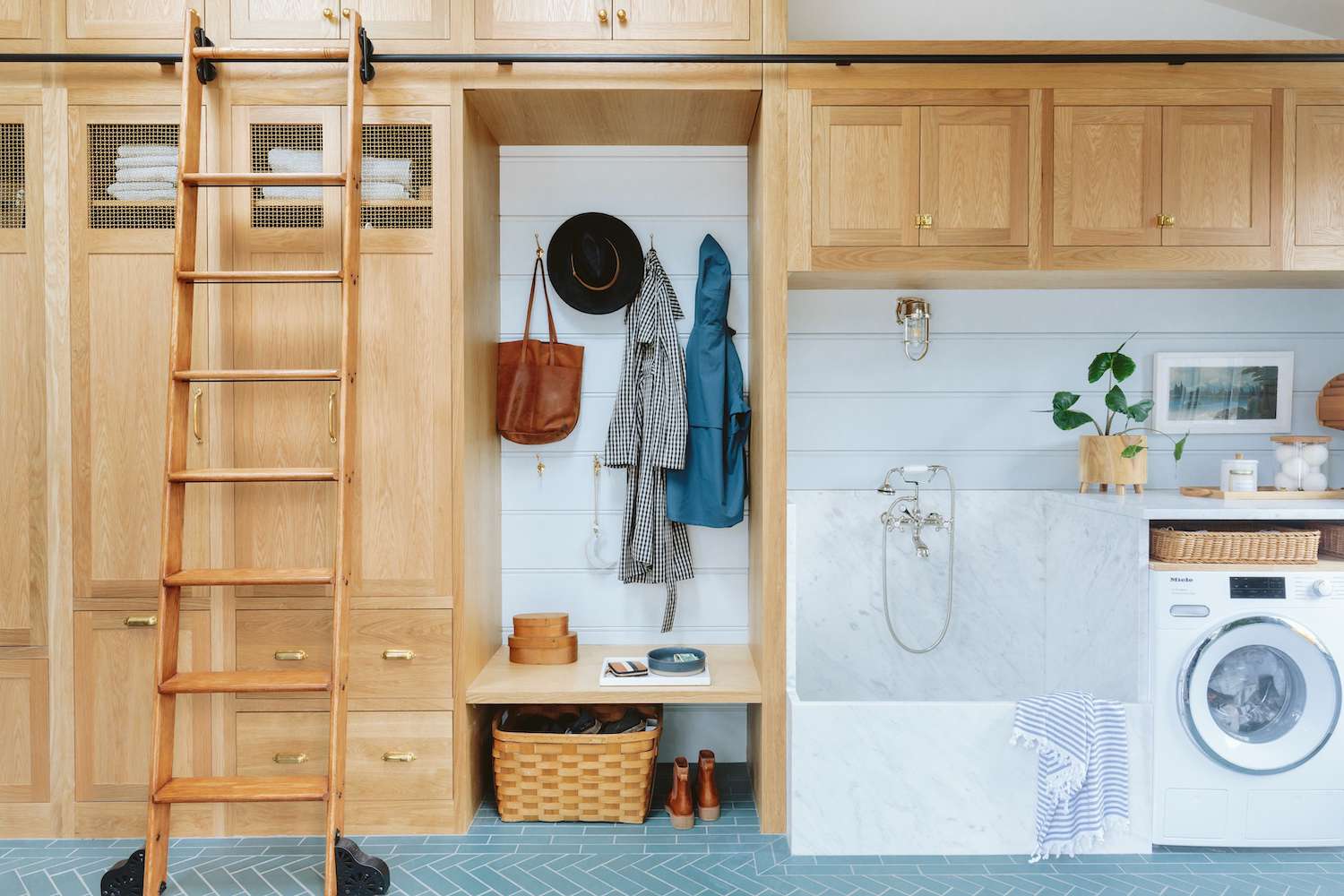
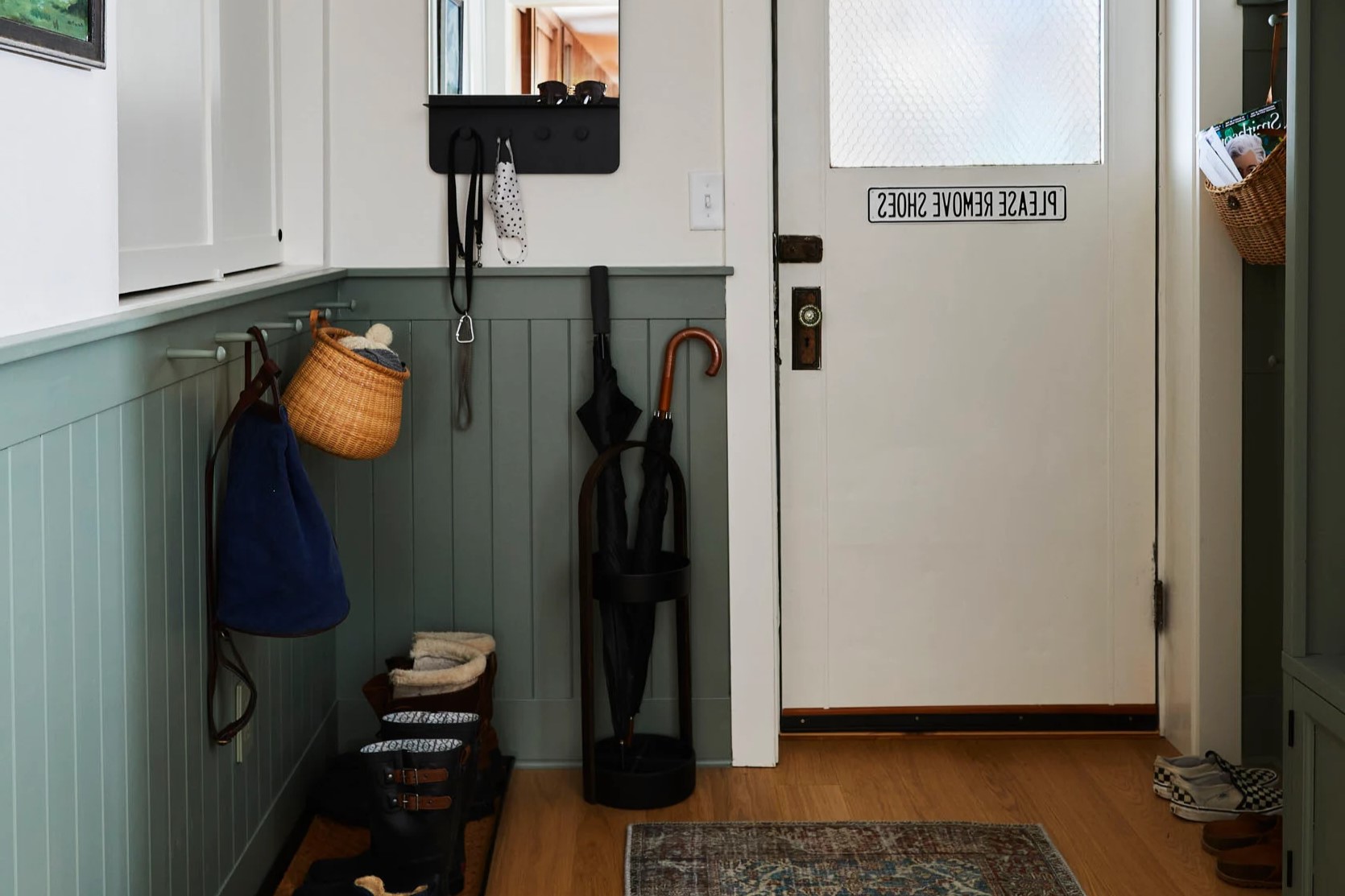
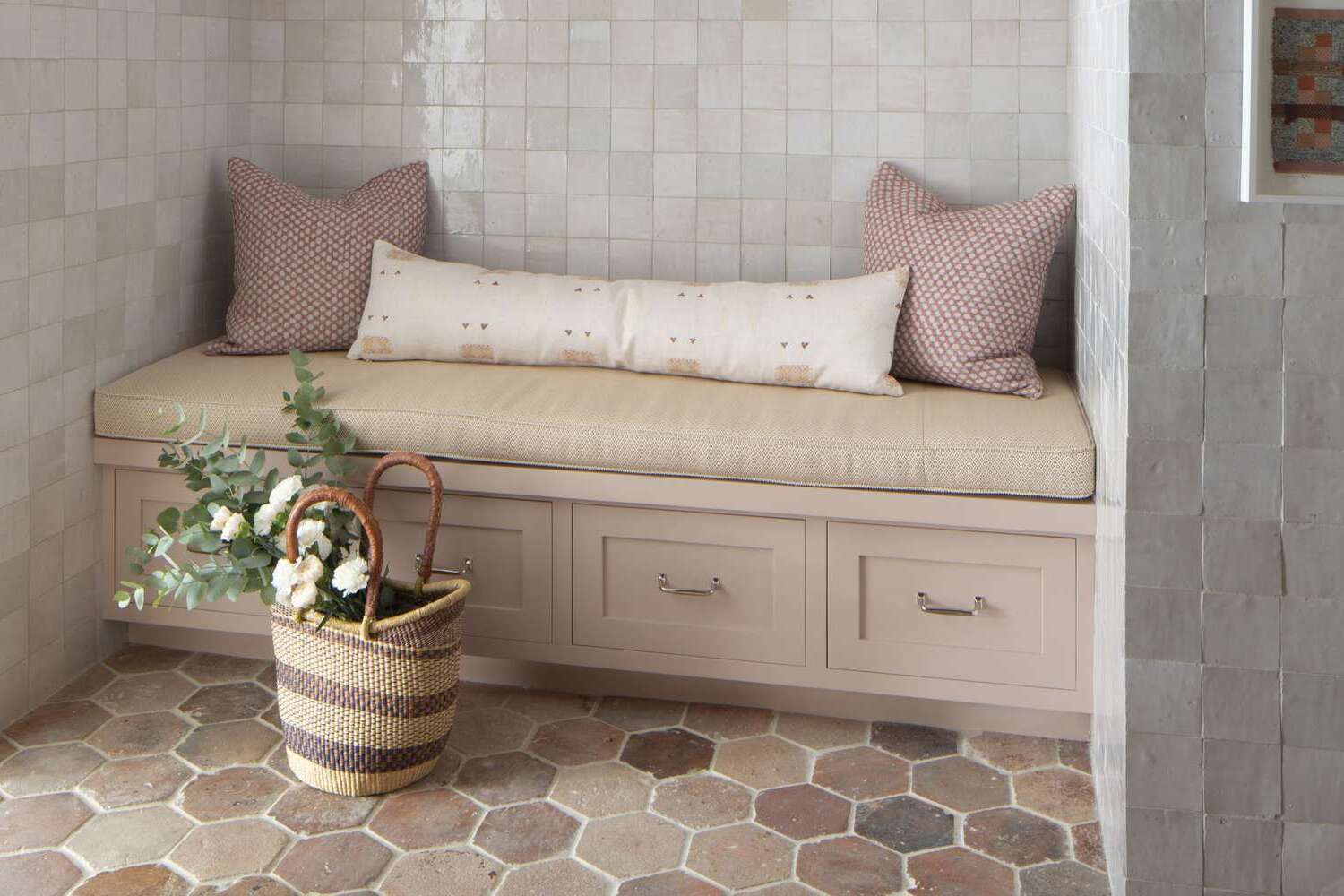
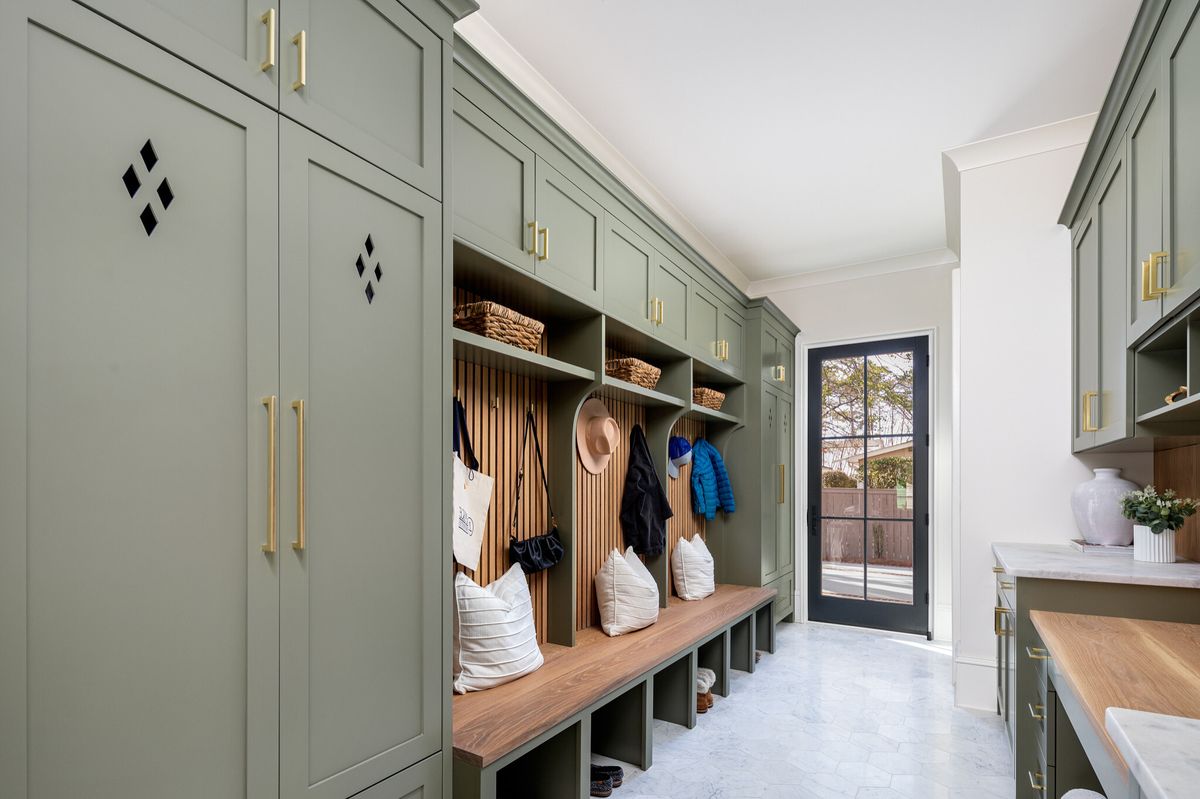
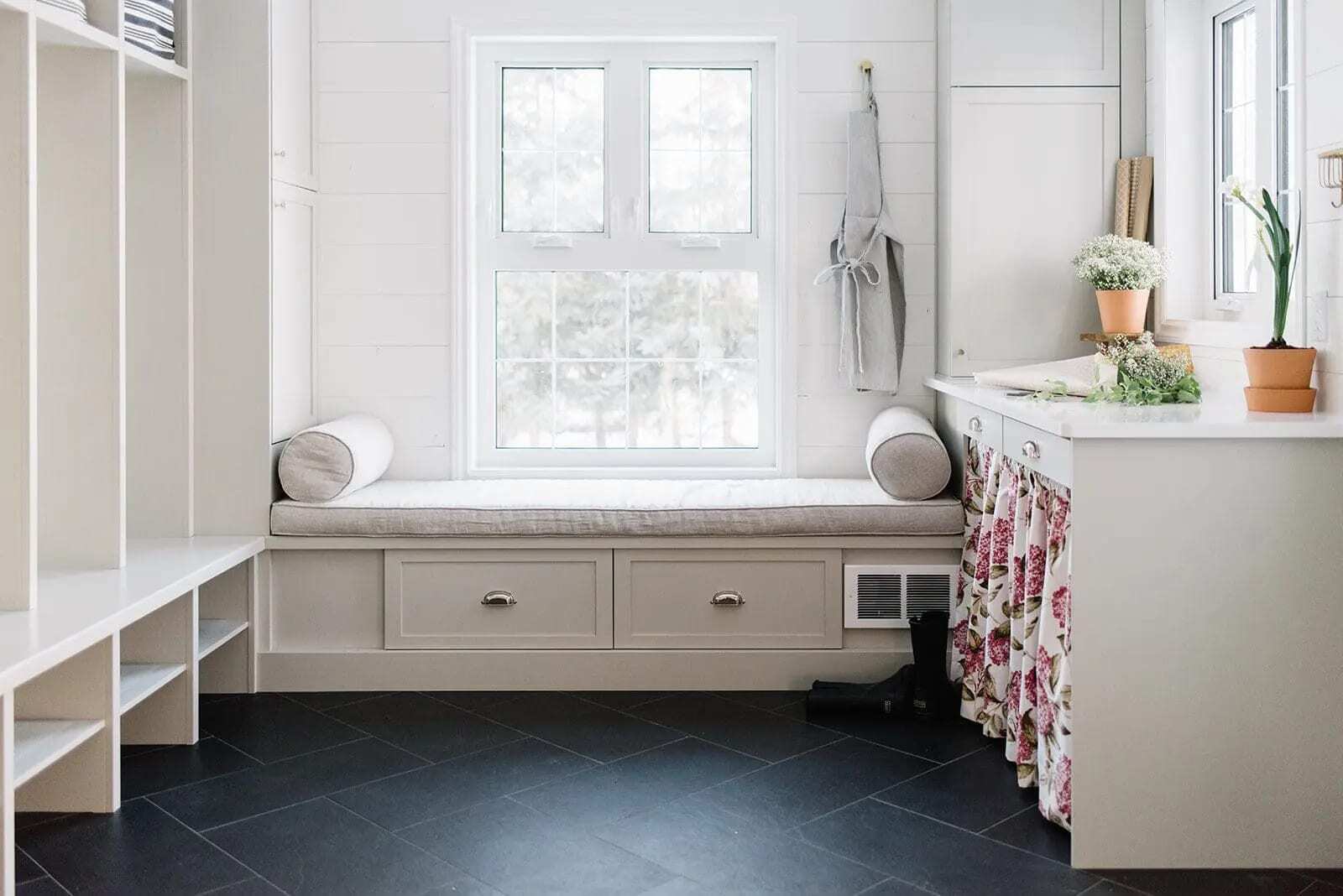
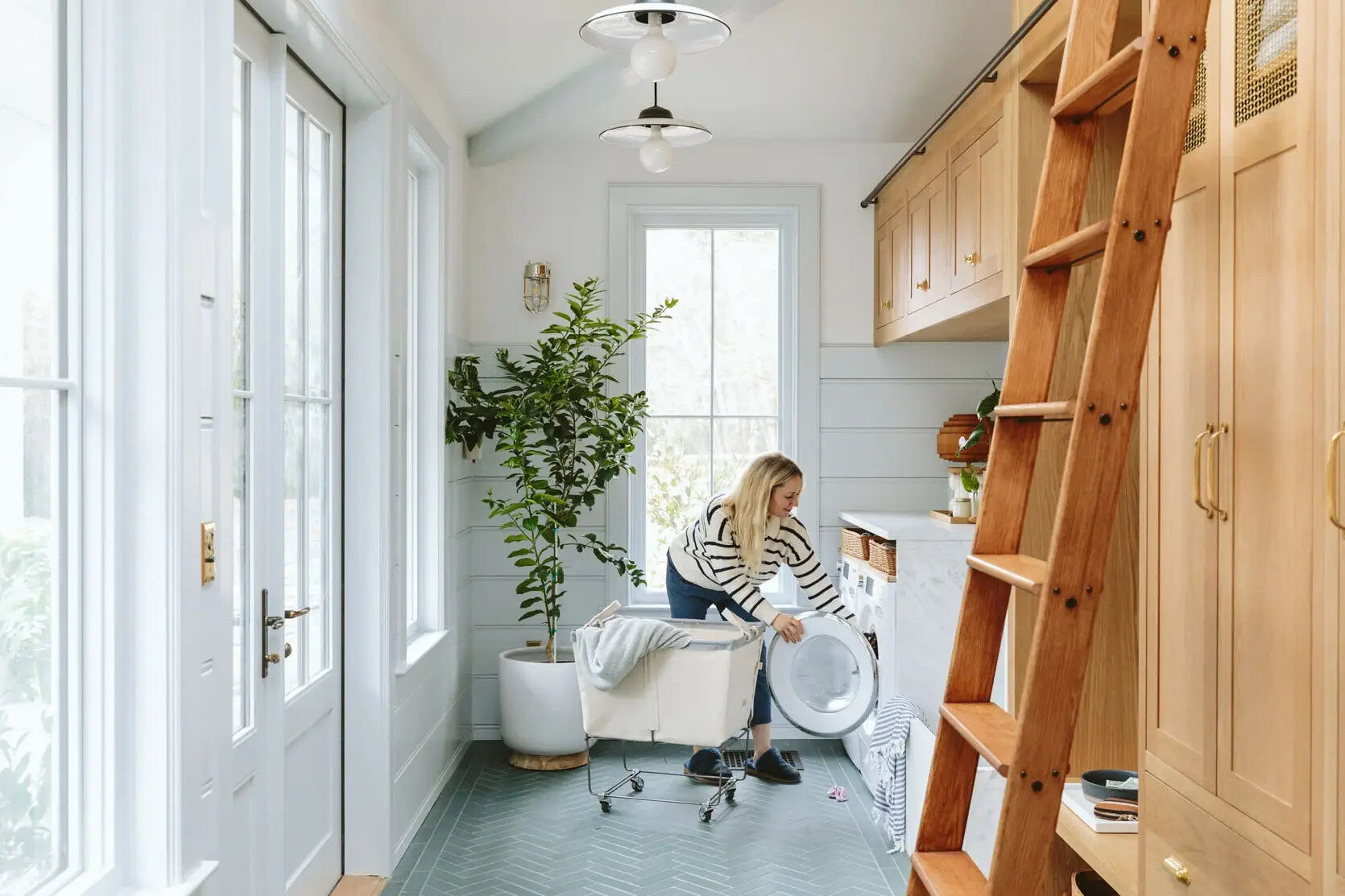

0 thoughts on “Creating A Functional Mudroom In A Small Space”